Accelerator Physics Group
Brief Introduction
Accelerator Physics Group (AP GROUP) focuses on the design, construction, beam commissioning and operation of heavy ion accelerator facilities. We mainly perform the research of accelerator general design, new beam manipulation schemes, collective effects, accelerator physics control systems, accelerator operation and maintenance, room temperature linacs, accelerator miniaturization, etc., and the operation and maintenance of Heavy Ion Research Facility in Lanzhou (HIRFL).
Currently, the AP GROUP consists of 33 researchers and 18 graduate students. The group’s predecessor, CSR General Design Group, was established in 1992, and proposed the plan to update the HIRFL with Cooler Storage Ring (CSR), aiming at the frontier of fundamental research in nuclear and atomic physics. The HIRFL-CSR was completed in 2008 with advanced abilities. So far, many remarkable studies of nuclear physics, atomic physics and heavy ion application have been performed at this facility.
Nowadays, the AP GROUP is pioneering in the research of new accelerator physics, theories and technology. Meanwhile, it is working on the design and construction of new accelerator facilities, including High Intensity Heavy-ion Accelerator facility (HIAF), Heavy Ion Medical Machine (HIMM), SSC-Linac, Electron ion collider in China (EicC) and so on. The AP GROUP is also operating and upgrading the existing accelerator facilities. Over the years, the AP GROUP has contributed a lot to developing new theories, schemes and techniques, forming an advanced research platform for accelerator physics and technology.
Research Fields
1. Beam dynamics and accelerator physics control system
Beam dynamics studies, including nonlinear dynamics, space charge effects, collective instabilities, beam-beam effects etc., are significant in the design of an accelerator facility, especially high intensity facility. The AP GROUP have developed various numerical simulation software to cover most of the beam dynamics which forms a fully functional analysis system for high intensity heavy ion accelerator facilities. Now, with the help of advanced parallel computing technology, we are working on developing a more general numerical solution for most of accelerator beam dynamics. This software platform aims at breaking the limitation of performance and accuracy in the fully integrated simulations, which can provide a solid base for the HIAF and next generation accelerator facilities.
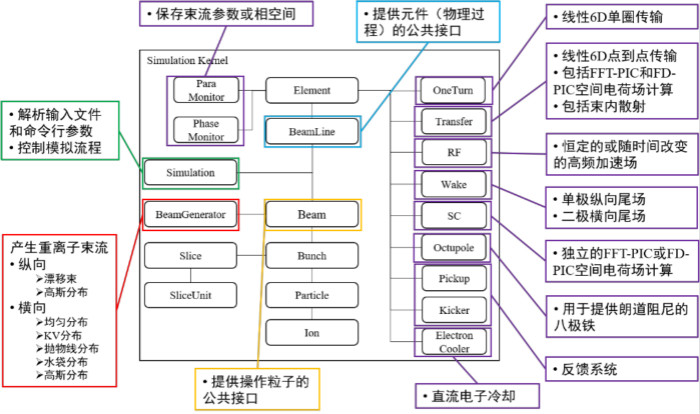
Simulation Platform for Collective Instabilities (CISP)
Accelerator physics control system is the core of an accelerator control system which provides the map between the designed beam dynamics and the real machine. Based on the dynamics research results, the new distributed control framework EPICS and the advanced databases MySQL and Redis, the AP GROUP is developing a new generation accelerator physics control system, called Physics-oriented Accelerator Control System (PACS). This system will provide highly intelligent, highly reliable and highly usable accelerator control solution for operators and accelerator researchers, and it will be deployed in the small and medium-size facilities like the HIRFL-CSR and the SESRI soon. Now, with the accelerator physics control test platform, we are researching and developing a PACS version for large-scale facilities by employing parallel computing technology, big data technology and high-concurrency databases, in order to analyze and adjust 0.1~1 million control variables in real time. The PACS will be widely used in the research facilities like the HIAF and the application facilities like the HIMM.
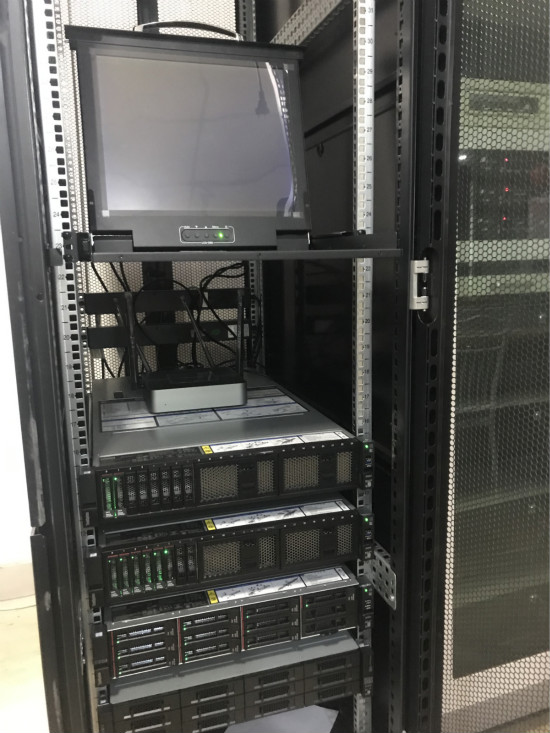
Accelerator Physics Control System Test Platform
2. Accelerator general design and new beam manipulation schemes
A good general design makes an accelerator facility more innovative, available and economical efficient, which is very important for the proposal, design, construction, commissioning and operation of accelerator facilities. Accelerator general design includes lattice design, injection and extraction design, acceleration design, beam line design, machine protection design and so on. The AP GROUP has a wealth of experience in the general design of accelerator facilities, and have completed the general design of the HIRFL-CSR and the HIAF, along with the SESRI, the PREF etc. Now, we are moving forward to design the best general scheme for the EicC facility.

HIRFL, HIAF, EicC
In the process of designing accelerator facilities, new research directions, new schemes and new techniques are developed or organized to be developed by the AP GROUP, including 4D transversal painting injection scheme based on tilted electrostatic septum, 6D painting injection scheme, non-resonant rapid cycling technology, 8-shape colliders, ceramics-supported vacuum chamber technology, etc. These schemes and techniques will have a significant impact on the design and construction of accelerator facilities world-wide.
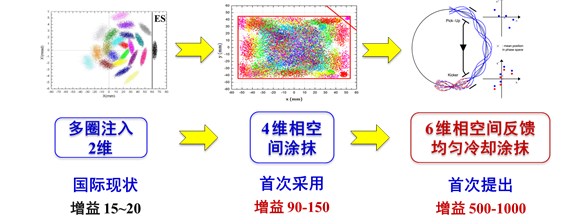
4D Painting Injection Scheme and 6D Painting Injection Scheme
3. HIRFL operation and updating
An accelerator facility is very complicated and need a professional operation and maintenance group to make sure the facility can provide beams with high quality and high reliability for users. And an accelerator facility is also alive, which means the devices in the facility will be updated with new technology many times to reach higher performance in a very long time.
Over the next few years, the HIRFL is still the main facility in Institute of Modern Physics, which will be used to research and develop new technology and cultivate high-caliber personnel. The AP GROUP is mainly responsible for the operation, maintenance, research, updating and teaching activities of the HIRFL-SFC, the HIRFL-SSC and the HIRFL-CSR. Now, we are improving the HIRFL to provide higher intensity and quality beam, increasing the working time of the HIRFL and extending the HIRFL to generate new beams in new operation modes. These studies are driven by accelerator practice. They determine the science production of accelerator facilities directly and significantly, and can provide a solid base for the design, construction, commissioning and operation of new accelerator facilities.
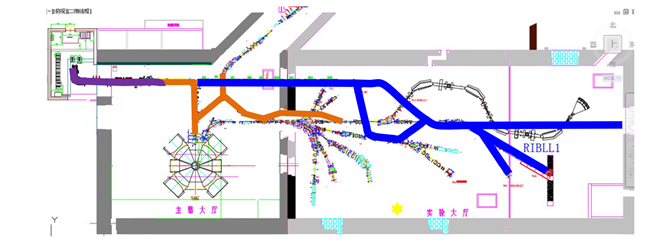
HIRFL Parallel Operation Mode
4. RT linacs
Room temperature linacs are widely employed in miniaturization and application accelerator facilities. The AP GROUP mainly concentrates on the highly compact high performance normal RFQ and DTL studies, covering general design, beam dynamics design, mechanical design and thermal design, which forms a systematic platform for the design, construction, commissioning and operation of normal RFQ. The SSC-Linac and Huizhou Ion Science Research Center Experiment Facility have been built and provided excellent beams. Now, The AP GROUP is also designing or building CSR-Linac, SESRI-Linac and HIMM-Linac. Building normal application linacs with higher reliability, higher intensity, greater compactness and larger economy is always our goal.
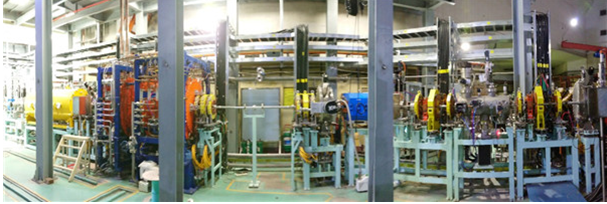
SSC-Linac
5.Electron cooler and electron cooling
Electron cooling is a fundamental method to produce high quality heavy ion beam and perform high precision experiments. It is very important for heavy ion accelerators and medium energy colliders. The AP GROUP have built two DC electron cooler in the HIRFL-CSR which is vital for the beam injection and accumulation of CSRm and the quality of CSRe experiment-purpose beams.

CSRm DC Electron Cooler
The EicC facility raises many hard-to-accomplish requirements and many difficult problems in the research of high energy bunched beam cooling. The AP GROUP is researching and developing a new bunched beam electron cooling system based on ERL. In the process of building this system, we will be forced to overcome many theory and technology obstacles, including bunched beam cooling theories, ERL cavities, high intensity photocathode electron gun, ultra-fast deflection cavities, etc. This system will be tested in HIAF-BRing in the future and will increase the luminosity of the EicC facility enormously to make the EicC facility more competitive.

High Energy Bunched Beam Electron Cooler for EicC
6. Miniaturized application facilities
Accelerator facilities are not only used in the fundamental research but also employed in the medical care, the nuclear material development, the nuclear microfilter production, etc. It is necessary and very important to develop most compact and most economical accelerator facilities for these applications.
Apart from the research facilities, the AP GROUP is also pioneering in the research and development of miniaturized application facilities. HIMM is the first domestically produced heavy ion medical machine which is designed by the AP GROUP. This facility is already put into clinical apply in Wuwei, Gansu, China. Over the next few years, the AP GROUP will build several improved HIMM facilities in China to promote the development of radiotherapy in our country. Except the HIMM, the AP GROUP have completed the design of more miniaturized application facilities like the SESRI and the PREF. These facilities will be widely used in the research of aerospace technology, material science, semiconductor fabrication, etc. Now, a series of different scale accelerator facility designs is already finished in the AP GROUP preliminarily and will be updated continuously in the future.

HIMM, SESRI
Achievements
Photos
Contact
MAO Lijun, YANG Weiqing
Tel: +86-931-4969105, +86-931-4960007
Email: maolijun@impcas.ac.cn, ywq@impcas.ac.cn
Mailing Address: 509 Nanchang Road, Lanzhou, 730000, China





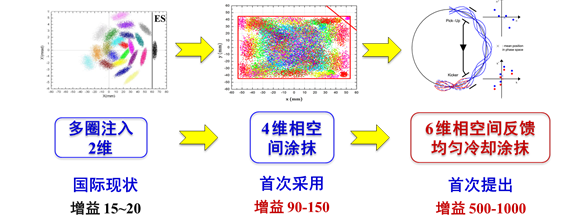

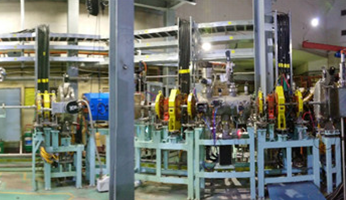




 甘公网安备 62010202000713号
甘公网安备 62010202000713号


